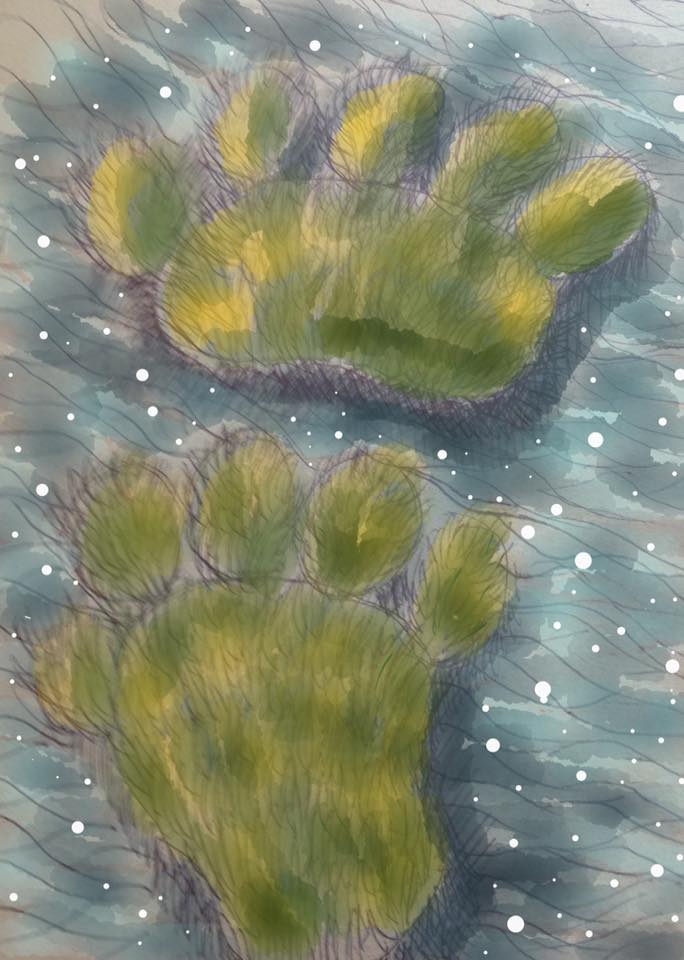Chetwoot Restorative Art Installation

Status: Idea Sharing, Community Interest Engagement
*Seeking Partnerships 2022, Project Funding 2023
Vision: Chetwoot Restorative Art Installation is a temporary bio remedial art installation designed to:
- Clean the water of the Deschutes River before it enters Budd Inlet.
- Create safe habitat for salmon fry at their freshwater stage, as well as habitat and nesting areas for birds.
- Educate the public about the abundant Natural History of this South Sound region and the importance of water quality.
- Generate beauty that will attract the public to interact with this area and inspire stewardship for the long term preservation of this unique environment.
- Create a living laboratory for environmental education classes that will collect data on the efficiency of ecovention installations such as these for possible further expansion and reproduction.

Background: This installation will be composed of multiple anchored floating wetlands offshore of the old Tumwater Brewery, just downstream of a salmon hatchery, that will be planted with indigenous wetland and estuary plants.
The floating wetlands would be mats that supported indigenous plants and even mushrooms to clean the water. These temporary, anchored islands would be great habitat as well as being beautiful, and educational, about the importance of water quality and the role of shoreline plants to water quality.
Deschutes River water quality is not only important to the salmon and the people who live along the shore but to all the creatures of the Salish Sea from Olympia Oysters to the Orca Whales.
Floating wetlands like this have been successfully used around the world to remitigate damaged water systems and improve habitat. What is unique about this installation is that the floating wetlands will be in the form of bear tracks. From above and at a distance it will appear as the tracks of a Black Bear wandering along the riverbank.
The floating, covered, observation deck would have binoculars as well as bathyscopes, directional microphones, and microscopes, for observing the environment and monitoring. Plants would be monitored, removed, tested and disposed of as part of the project by community members trained to be Sweetwater Stewards.

